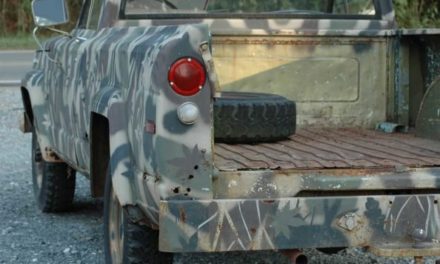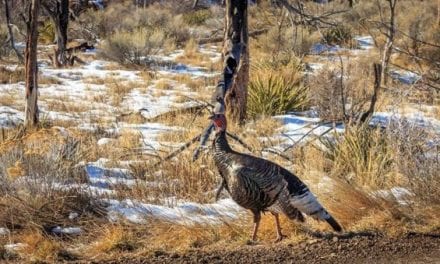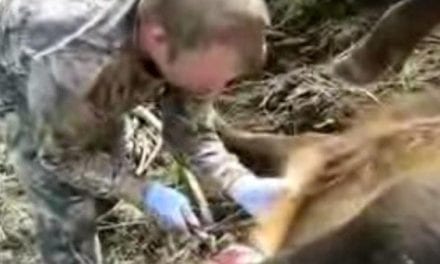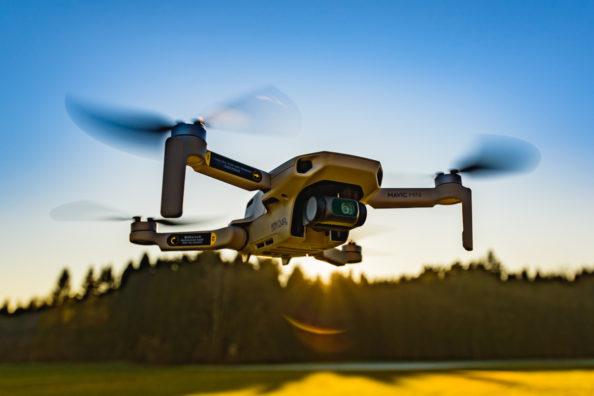
Should drones be used for hunting?
It is safe to say the use of drones continues to expand and these little quadcopters are not going away any time soon. The accessibility of these devices is easier than ever thanks to low prices and the fact they are sold to hobbyists almost everywhere. These days, almost anyone can own one of these aerial vehicles and get a bird’s-eye-view of their neighborhood and of other surroundings.
Odds are, you have probably have at least thought about the use of drones to scout your hunting area. After all, a feed of live video from the air is a great way to spot bedding areas, scrapes, and sometimes even the deer themselves.
However, when it comes to using unmanned aerial vehicles for hunting purposes, it seems to open a real can of worms. For many areas, it is not legal to hunt deer and other big game with drones. Especially on public land. Then there are the ethical questions involved. Does the use of a drone to give you a real time position on an animal unethical? We will examine these questions a little closer today.
The legalities of drones.
Before we go any further, we should note that many states have already addressed the use of drones during hunting season. States like Alaska, Colorado, Montana, Idaho, Wyoming, and more have prohibited the use of drones during hunting season. Especially when it comes to drone operators locating animals with a drone’s HD camera and then hunting that animal. Most states have since put in rules that completely prohibit the use of drones in that manner.
Things get a bit complicated when you start talking about UAVs for scouting purposes. Wyoming made things perfectly clear by making it illegal to scout or use a drone for aid in taking game from August 1 through January 31, effectively covering the whole season.
Some state laws allow the use of drones for scouting while other states do not. Thankfully, most have cleared up any grey areas in their regulations. Colorado Parks and Wildlife for instance, clarified things a bit in a blog post on their website with a statement from Heather Dugan, their Law Enforcement and Public Safety Assistant Director.
“The bottom line is, if it’s related to a hunt in any way, you can’t do it,” Dugan said. “For scouting, locating, anything. If they fly before they take an animal, they’re illegal. If they use the drone to locate an animal they may have shot and wounded, they’re illegal.”
With more and more hunters making use of aircraft for filming their hunts, even videoing the hunting grounds can get you in trouble in some instances. A piece on the Alaska Fish and Game’s website reports you cannot even shoot “B-roll” footage until the hunt is completed.
The good news is that some states have also enacted laws making it illegal to harass hunters with a drone. The Michigan Department of Natural Resources is just one agency with laws on this. So, if you’re getting buzzed on your whitetail hunt in the Great Lakes state, you can report the incident and the operator can likely get cited for ruining your hunt.
The bottom line here is that most states are going to have some rules on drone use, especially as far as hunting is concerned. That is on top of federal regulations from the Federal Aviation Administration (FAA) which has strict rules about flying drones within line of sight, and away from active airports and other controlled airspace areas. Some of which may fall on your hunting land. We do not have the time to go state by state on all the regulations. Just make sure you do your research before you start scouting.
The ethics of drones for hunting.
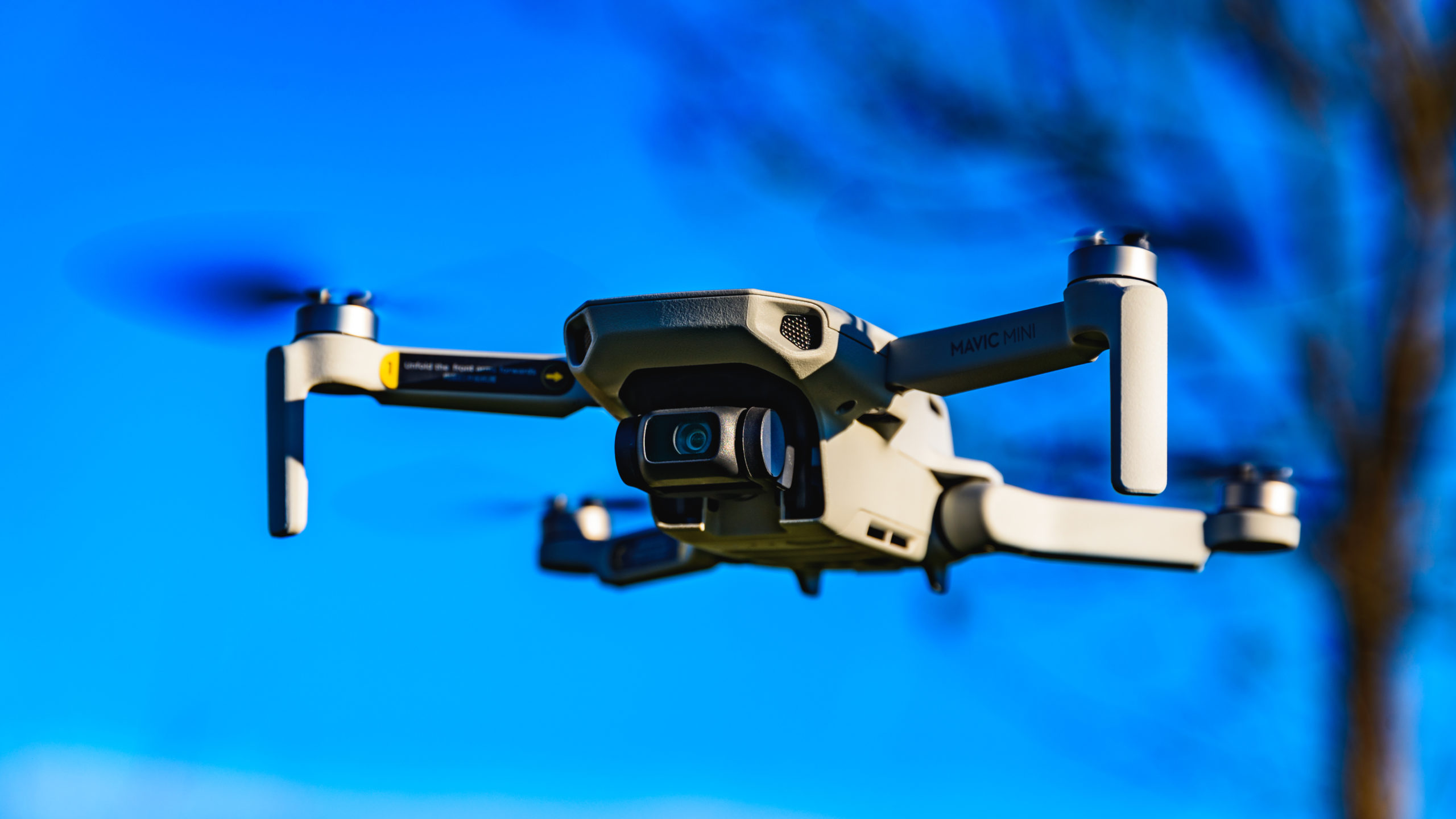
The ethics of using unmanned aircraft systems either for scouting or directly hunting the animals is still in hot debate. For what it is worth, fair chase advocates and record-keeping clubs Boone and Crockett and Pope and Young have both come out against the use of drones in the last few years. For scouting OR hunting purposes. The two organizations do not seem to distinguish between the two.
In the case of Boone and Crockett, their decision, made back in 2014, notes that the organization first banned the use of aircraft for spotting or herding big game animals from the air back in the 1960s. The organization does not make exceptions for using remote-controlled aircraft for scouting either.
“Trophies scouted or taken with the assistance of drones/unmanned aerial vehicles (UAV) are not eligible for entry in Boone and Crockett records,” a statement on their website reads.
It is worth noting there is probably still a lot of grey area in there that needs addressing. For instance, in an experiment in my backyard, I found it is possible to spot a shed antler using my little DJI drone. The device’s HD camera, WiFi, and stabilization system using a sophisticated 3-axis gimbal allowing the aircraft to feed me detailed images of the ground to my phone in real time.
I have not found a shed using my drone, but would B&C or P&Y really deny an entry if a hunter later shot a buck in October or November that he found a shed from with a drone in the off season in February or March? Or if the hunter simply found a pinch point or a bedding area they previously did not know about? Considering my drone only gives me about 10 minutes of flight time, I’m not sure it gives any more advantage than a trail camera being strapped to a tree monitoring a field.
One thing I found extremely interesting in my research into this topic was the fact that many states will also not allow you to use a drone to try and locate downed game that you are having a hard time finding. I could make an argument that it is unethical to not use every tool at your disposal to recover an animal you have shot, drones included.
One thing I find interesting in this debate is the fact that the International Game Fish Association seemingly has no issues with anglers using a big DJI Phantom to take a bait to schools of fish offshore from the beach. My bigger question becomes why is one okay and not the other?
For the record, I am not saying one or both are right or wrong. However, it does raise an interesting discussion worthy of debate for hunters and fishermen and women. Because as technology continues to advance and hunting tactics evolve, it is important to ask ourselves these things.
Products featured on Wide Open Spaces are independently selected by our editors. However, when you buy something through our links, we may earn a commission.
For more outdoor content from Travis Smola, be sure to follow him on Twitter and check out his Geocaching and Outdoors with Travis YouTube channels.
NEXT: THE AXIS DEER AND HOW THEY’RE IMPACTING PARTS OF THE UNITED STATES
WATCH
The post Hunting with Drones: Looking at the Legalities and Ethics appeared first on Wide Open Spaces.












